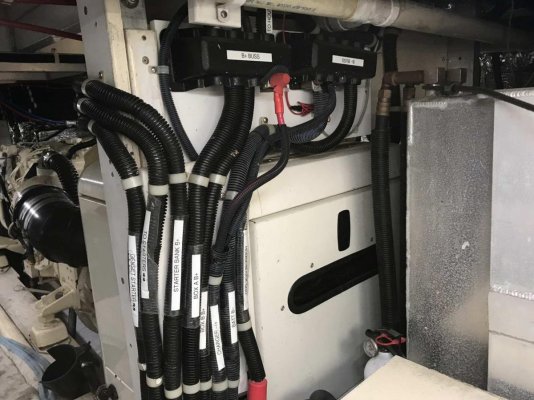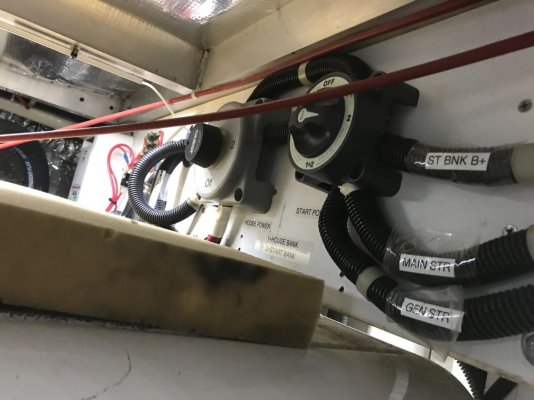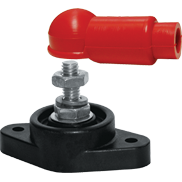Tom.B
Moderator Emeritus
- Joined
- Jul 30, 2009
- Messages
- 5,839
- Location
- USA
- Vessel Name
- Skinny Dippin'
- Vessel Make
- Navigator 4200 Classic
I am planning another electrical system upgrade, including moving the battery switches out of the engine room and up to the living space for better access (safer too). I have seven or eight wires to move about two or three feet up to the new location, however, some of these wires and 0/2 gauge and are already kinda long and secured into some tight places. It would be a TON cheaper and a TON easier to use butt connectors to tack a few more feet onto the end to get the to reach their final destination. Assuming I make properly crimped connections, is there any significant line loss that would have me reconsider?






 This would be my first choice.
This would be my first choice.